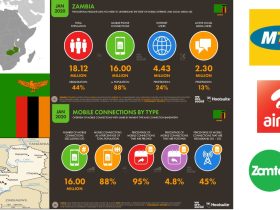
Australia’s garment industrys
Australia’s garment industry is a dynamic and diverse sector that plays an important role in the country’s economy. Although not as large as those of countries like China or Bangladesh, Australia’s garment industry is notable for its focus on quality, design innovation, and ethical practices. The sector encompasses clothing design, manufacturing, importing, and retailing, with a strong emphasis on fashion, lifestyle, and activewear.
Historically, Australia had a thriving textile and garment manufacturing base, particularly in the mid-20th century. However, from the 1980s onward, manufacturing declined due to globalization, competition from lower-cost producers, and the removal of trade tariffs. As a result, much of the country’s garment production has shifted offshore to countries like China, Vietnam, and Bangladesh. Despite this, some local production still exists, especially in niche markets like high-end fashion, sustainable apparel, and custom-made clothing.
Australian fashion designers and brands are internationally recognized for their creativity and unique aesthetics. Brands such as Zimmermann, Sass & Bide, R.M. Williams, and Country Road have gained global attention for their stylish designs and quality products. Many Australian brands focus on lifestyle and activewear, reflecting the country’s outdoor-oriented culture. Companies like Lorna Jane, P.E Nation, and Nimble Activewear have become popular for their blend of fashion and functionality.
Sustainability and ethical production are increasingly important themes in the Australian garment industry. Consumers are showing more interest in eco-friendly fabrics, transparent supply chains, and fair labor practices. This has encouraged many brands to adopt more responsible practices, such as using organic cotton, recycled materials, and supporting local manufacturing where possible. Government and industry organizations also promote ethical standards and innovation through initiatives like the Ethical Clothing Australia (ECA) accreditation.
The retail landscape in Australia is highly competitive and includes a mix of local and international players. Fast fashion retailers such as H&M, Zara, and Uniqlo operate alongside Australian chains like Cotton On and Kookai. Online shopping has also transformed the industry, allowing consumers access to a wider range of local and international clothing. E-commerce platforms like The Iconic and marketplaces like ASOS have become major outlets for fashion sales.
Challenges facing the industry include rising production costs, competition from imports, and the pressure to maintain sustainable practices while remaining profitable. However, innovation, branding, and niche marketing continue to provide opportunities for growth. The rise of digital marketing, influencer culture, and the global demand for sustainable fashion present new avenues for Australian garment companies.
In summary, Australia’s garment industry is evolving from traditional manufacturing toward a model driven by design, quality, and sustainability. While facing international competition and structural changes, the industry is adapting by focusing on innovation, ethical standards, and leveraging Australia’s reputation for fashion-forward and eco-conscious apparel.


Leave a Reply